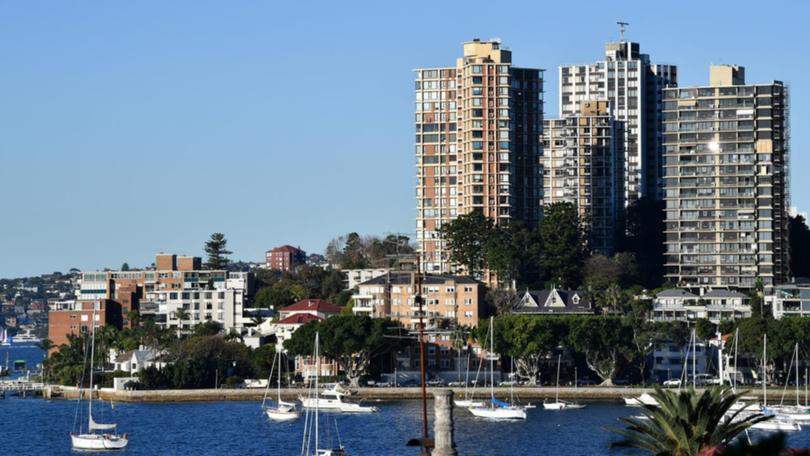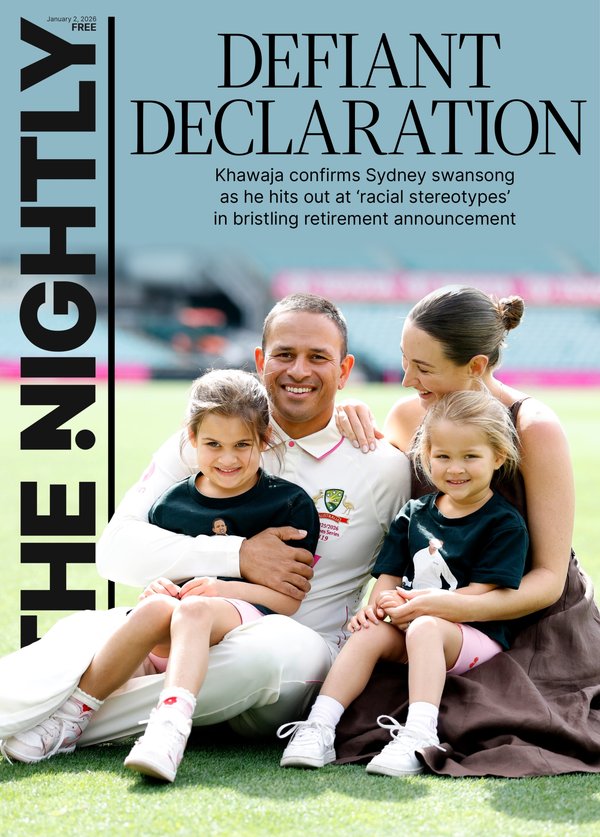REVEALED: Shocking amount rents have risen across Australia

Renters are forking out $15,000 more per year to keep a roof over their heads as a new analysis reveals the shocking price rises across Australia since the COVID-19 pandemic.
Capital city renters are paying on average $14,700 more a year to rent a house and $9600 more for units compared to 2020, analysis from Everybody’s Home reveals.
Sydney experienced the steepest rise in house rents followed closely by Perth, which had the highest increases for unit rents, with both cities’ price spikes well above the national average.
Sign up to The Nightly's newsletters.
Get the first look at the digital newspaper, curated daily stories and breaking headlines delivered to your inbox.
By continuing you agree to our Terms and Privacy Policy.Renters in the harbour city pay on average about $350 more per week for house rentals and $200 more for units, equating to about $18,500 and $10,450 more every year, respectively.
Perth unit renters are slugged with the highest costs across the nation, spiking by $14,500 annually, or an increase of $279 per week, while those renting houses are forking out $356 per week more, or $18,500 annually.
Adelaide and Brisbane unit renters also face above-average unit price costs, increasing by $196 and $199 per week, respectively, equating to renters paying more than $10,000 a year.
House rentals also increased similarly across the two cities with Brisbane experiencing a $13,468 spike annually and Adelaide with a $13,312 increase.
The nation’s second-most populous city Melbourne experienced below-average rises with units costing $137 more per week, or $7124 annually, and house rents increasing by $207 per week, or $10,764 annually.
Rents in Australia’s capital Canberra increased by $92 weekly, or $4784 annually, for units while renting a house would cost $108 weekly, or $5616 annually.
In the Top End, unit rental prices have increased by $87 weekly or $4524 annually since the pandemic.
But house rental increases in Darwin sit third highest, coming in just below the national average at $14, 612 annually, or a $281 weekly increase.
Hobart is the cheapest city to rent with unit costs rising by $42 per week and house rents by $68, equating to $2184 and $3536, respectively.
Housing is the biggest cost-of-living expense for a majority of those living in Australia, Everybody’s Home spokeswoman Maiy Azize said.
“The steep rise in rents is pushing more people into severe housing stress and homelessness,” she said.
“People are sacrificing the necessities to afford the rent, living in appalling unhealthy conditions because there’s nowhere else for them to go, and ditching important life decisions because of housing insecurity.”
With the social housing shortfall sitting at 640,000 homes which is set to rise to nearly one million in two decades, Australians are being priced out of the cities where they work, the coalition of housing, homelessness and welfare organisations said.
The group is calling for governments to increase welfare payments, implement nationally consistent rental protections such as limiting rent increases, phase out tax reforms like capital gains and negative gearing, and boost social housing stocks.
The federal government is locked in protracted negotiations with the Greens to pass laws setting up a Help to Buy scheme - a shared equity scheme allowing first-home buyers to purchase a property with a lower deposit - after they were reintroduced to parliament.
